
While this may be suitable for independent contractors or self-employed individuals, most users will need to upgrade to one of the more expensive plans. While Xero supports unlimited users on all plans, QuickBooks Online only supports up to 25 — and this is only available on the most expensive plan. However, the software itself is difficult to learn if you don’t have prior accounting experience, so it isn’t the best choice for beginners.
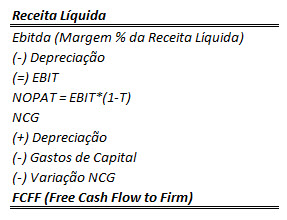
Reporting
- All of your bank and credit card transactions automatically sync to QuickBooks to help you seamlessly track your income and expenses.
- She holds a Bachelor’s degree from UCLA and has served on the Board of the National Association of Women Business Owners.
- While Xero’s entry-level plan seems like the better deal when compared to QuickBooks, limitations on invoices and bills make it suitable for very small businesses or freelancers.
- QuickBooks also includes over two dozen prebuilt reports; custom report functionality is available in the highest tier.
- QuickBooks offers a more integrated suite of features compared to Xero.
- Both QuickBooks and Xero offer tax preparation features, and that feature is just one reason why our researchers gave both services a perfect 5/5 for financial reporting.
Now, just like Xero, QuickBooks Online allows you to record a fixed asset purchase, track the asset, and calculate depreciation. Read our QuickBooks Bill Pay review for more details on the solution. You might prefer QuickBooks for invoicing and A/R management, and it earned a perfect mark in this category.
How We Evaluated Xero vs QuickBooks Online
Discover BusinessLoans.com’s lender network offering up to $3M in funding, no minimum credit score required. If you don’t have the time to devote to learning the software, QuickBooks Online may be the better fit. Here’s a full breakdown of the main features of Xero and QuickBooks Online. Xero utilizes an App Marketplace with over 1,000 apps to extend its core functionality. Create professional custom invoices with your logo that you can send from any device.
QuickBooks can also track your mileage reliably and automatically using a GPS-enabled smartphone app. QuickBooks and Xero are two of the best accounting software options with a range of pricing plans to fit multiple budgets. We researched both tools extensively to help you choose the right accounting software for your business. In this article, we compare their core features, pricing and pros and cons to help you decide which one is the right accounting software for your company. QuickBooks is available both online and via desktop and is ideal for businesses that outsource their accounting tasks to a bookkeeper or accountant.
Xero Established is a comprehensive plan for businesses managing multiple projects and tracking accounting principles first chapter 1 quiz survey in-depth financials. It includes everything in Growing, plus multi-currency accounting, project costing and tracking, expense claims, and in-depth analytics. FreshBooks is one such option that has gained popularity in recent years. It’s designed specifically for small businesses and offers invoicing, time tracking and expense management. Xero is also ideal if you’re seeking accounting software that grows with you.
Plans for every kind of business
With QuickBooks Online, you can track expenses by project in the Plus plan, but you can’t compare it to estimated costs unless you have the Advanced tier. Xero offers simple inventory tracking software that can track up to 4,000 finished items. With Xero, you can view the number of items you have available and see the total value of stock on hand for any item. Its inventory management reports will show you how well different items are performing and which ones are the most profitable. And you can also easily add inventory Items to quotes, invoices and purchase orders to make billing easy.
Xero offers this through Hubdoc so you can access your documents online. QuickBooks offers receipt and document organization with its mobile app as well as the online version. A standout Xero reporting feature is the ability to mark the reports you run most often as favorites. This way, you can access these reports near-instantly upon logging into Xero. Plus, no matter what, profitability reporting and data are available right from the Xero dashboard. Xero’s reporting tools impressed us overall, even though trend analysis other platforms include a wider variety of reports.
QuickBooks Online is an industry standard with more than 5 million users worldwide. If you count QuickBooks Desktop users, that number rises to 8 million. With more than 3 million users worldwide, Xero is popular but not as straight line depreciation method definition examples ubiquitous as QuickBooks Online. All plans include 24/7 live chat support; phone support is available 5 a.m.
If your business needs many users to access your accounting data and requires low-cost inventory and fixed-asset accounting, Xero is the better choice. If you need comprehensive bank reconciliation, class and location tracking, good customer support, and easy access to local bookkeepers, then QuickBooks Online wins. QuickBooks offers a mobile app for both iOS and Android devices, allowing you to manage your finances and your business on the go. You can create and send invoices, track expenses, reconcile bank accounts, and more, all from your smartphone or tablet. Xero and QuickBooks are both great accounting software options for small businesses.

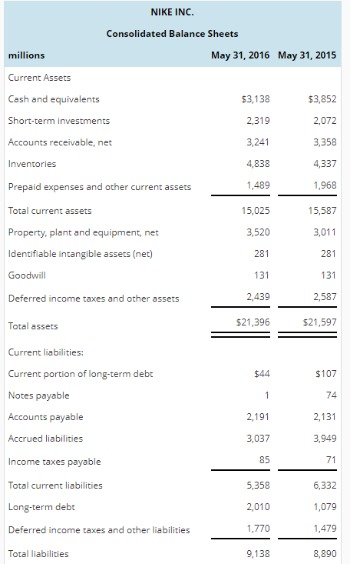





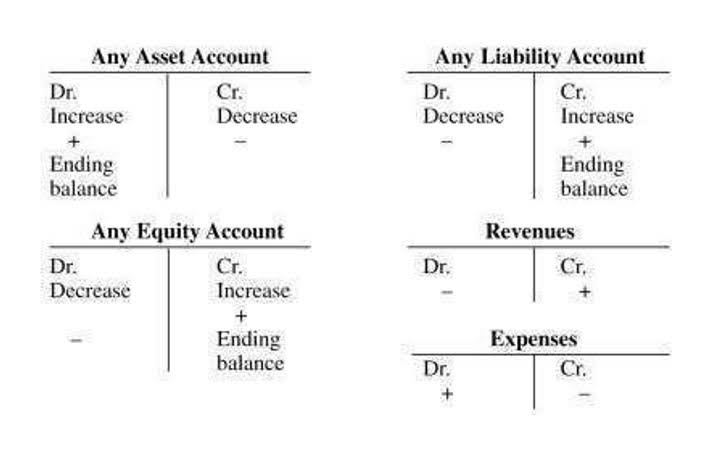

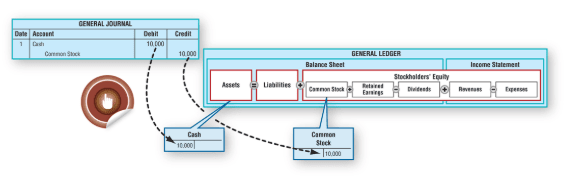

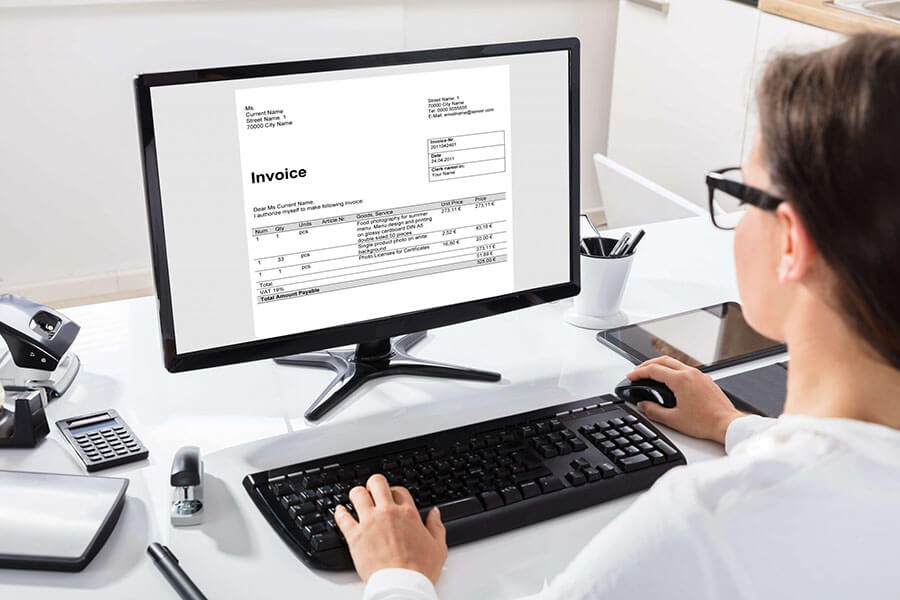

Recent Comments